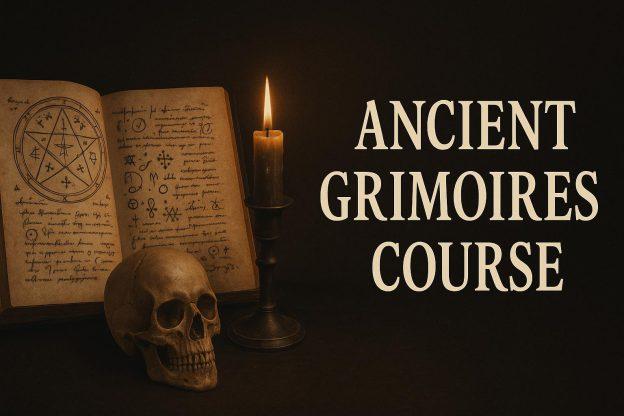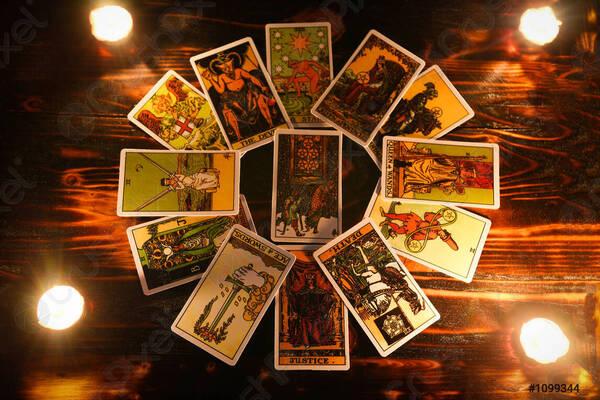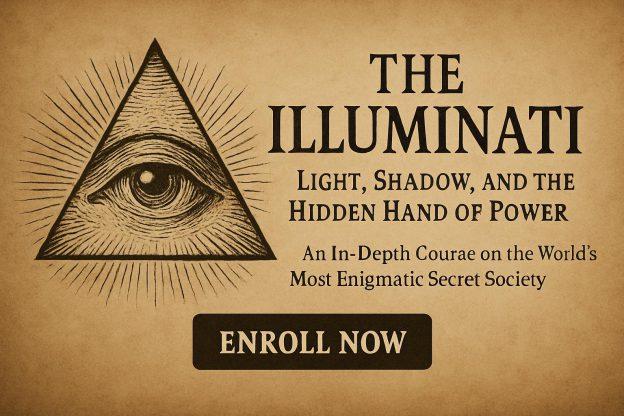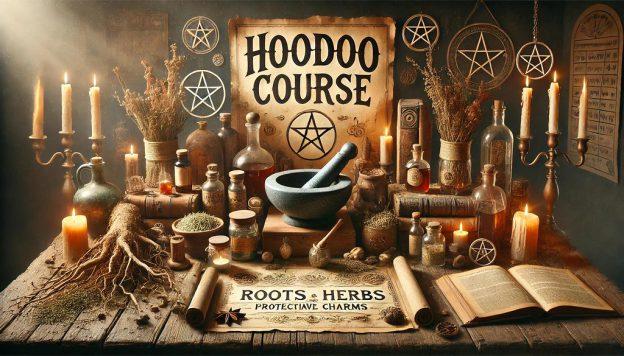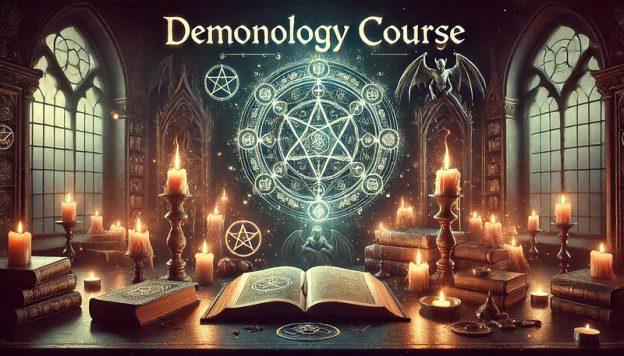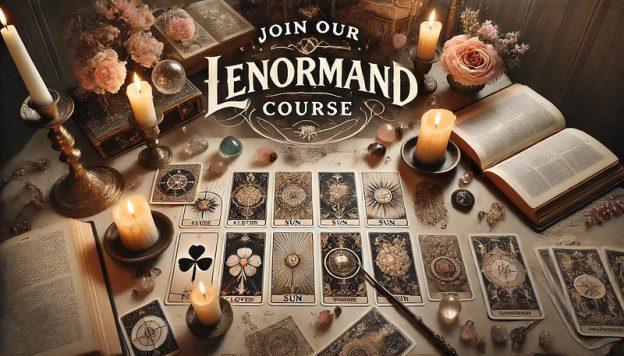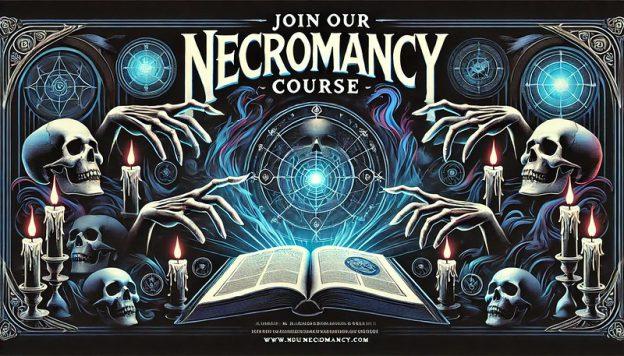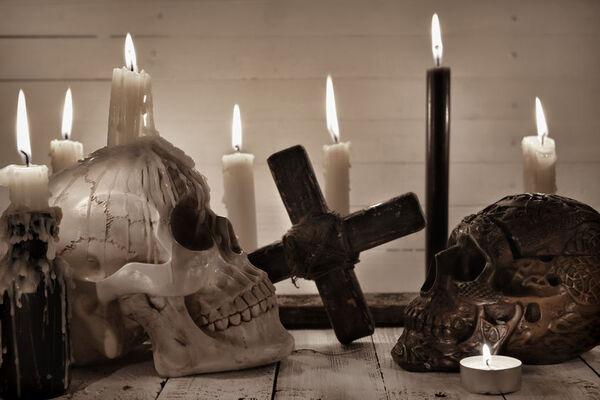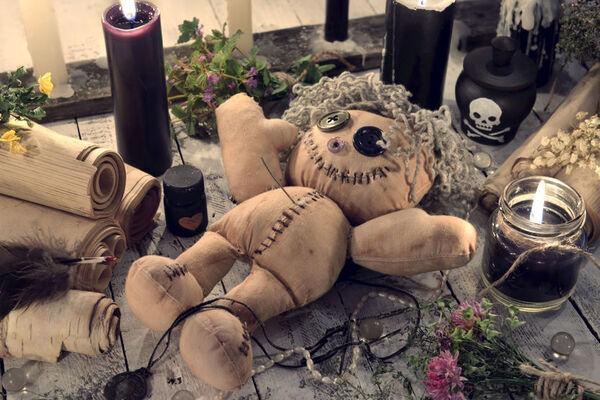THE STANLEY HOTEL: FROM THE SHINING TO A HORROR MUSEUM OF THE OCCULT

High in the foothills of the Rocky Mountains, the Stanley Hotel has long occupied a special place in the haunted imagination of horror aficionados. Originally built in 1909, it gained global renown after serving as the inspiration for the Overlook Hotel in Stephen King’s The Shining — and in 2025, it enters a new chapter: part hotel, part shrine to the art of fear. ( See The Stanley Hotel )
A Historic Gothic Anchor in the Rockies
The Stanley Hotel, perched just outside Estes Park, Colorado, is a 140-room Colonial Revival structure designed by Freelan Oscar Stanley and opened on July 4, 1909. Over the decades, it’s acquired a dual legacy: one as a luxury wilderness retreat, the other as a locus of ghost lore, haunted tales, and occult intrigue.
Its reputation in the horror sphere took root in 1974, when Stephen King and his wife checked in on the eve of the hotel’s winter closure. During that stay, King purportedly wandered corridors late at night, and when he later pulled back the curtain in a claw-foot bathtub, he thought: “What if someone died here?” — planting the seed for The Shining.
Though Stanley Kubrick’s 1980 film version was not shot on location, Kubrick’s design and visual sensibility for the Overlook Hotel drew heavily on the Stanley’s architecture and aura. The hotel has also appeared (or inspired settings) in other works, such as the 1997 TV miniseries The Shining, portions of which were filmed onsite.
Throughout its history, the Stanley has embraced its ghost stories. Visitors report spectral piano music, disembodied footsteps, lights flickering, and more. The hotel now offers ghost tours and themed events year-round.
From Haunted Hotel to Horror Destination: The Blumhouse Vision
In January 2024, news broke that the state of Colorado and Blumhouse—the horror-film production company behind Get Out, Halloween, Paranormal Activity, M3GAN and more—had struck a deal to convert part of the Stanley into a horror museum/exhibit space.
That plan took a major step forward in September 2025, when a groundbreaking ceremony marked the start of construction on the Stanley Exhibit Center and Blumhouse Space. The first phase of a three-year, $60 million project, this new arts and culture hub will occupy over 10,000 square feet initially, dedicated largely to horror film exhibitions, rotating installations, community programming, and immersive experiences.
Governor Jared Polis joined Jason Blum, local leaders, and other stakeholders at the ceremony, calling the centre “a year-round hub for film, art, and community” that would spotlight the horror genre as a legitimate cultural expression. Blum himself declared that “horror fans deserve a world-class, must-visit destination,” and that there is no better home for it than the Stanley.
Under prior legislation, the state has already committed up to $46 million via the Regional Tourism Act (RTA) toward the project, matched by bond financing and private investment. In early 2025, Colorado also approved a $1 million grant to assist in unlocking bond issuances for the construction.
By late 2025, writers report that the full development is expanding to 70,000 square feet, and will include a 1,000-seat theatre for premieres, concerts, screenings, and large-scale immersive events. The project is expected to preserve, expand, and enhance the Stanley Hotel campus over the next three years.
Blumhouse’s exhibit content will draw from its own intellectual properties — Get Out, Paranormal Activity, Insidious, The Purge, M3GAN, The Black Phone, and Happy Death Day are likely candidates.
The museum is slated to open its doors to visitors by 2026, in a format described as a “mini-Academy Museum” for horror.
Occult & Fan Appeal
For readers of Occult World, the Stanley’s transformation into a horror museum carries layered significance:
- Sacralizing horror: The museum plans to elevate horror’s iconography — the villains, occult tropes, spectres, and cinematic rituals — placing them in a quasi-museum sanctum.
- Site as artefact: The Stanley is not merely a location but itself a living relic of horror history, haunted tales, and spiritual resonance.
- Immersive occult experience: With immersive installations planned, the boundary between museum display and ritual space may blur, offering fans experiential engagement with themes of possession, dread, and the supernatural.
- Cultural legitimisation: Horror, often dismissed as low culture, is being granted institutional presence — in the same building that inspired one of the genre’s greatest works.
Some fans worry about “Disneyfication” of the haunted or occult. Will the project sanitise the eerie, or respect the shadowy spirit of the place? Local social media already stirred over aesthetics and public oversight.
At the same time, the hotel currently hosts the “Overnightmare” event — a Halloween-period immersive horror weekend themed around Blumhouse films, where guests are escorted through scenes, interact with actors in corridors, and indulge in haunting decor. That event can be seen as a precursor and testing ground for the full museum experience.
Challenges, Risks & Opportunities
- Historic preservation vs. modernisation: The Stanley is listed on the National Register of Historic Places. Any renovation must carefully balance preserving architectural integrity and introducing modern exhibition infrastructure.
- Funding & financial sustainability: Though state support is strong, there is pressure to deliver on projections of tourism ROI and visitor numbers.
- Expectations of horror fans: Hardcore genre fans will scrutinise curation choices, authenticity, and whether the exhibit treats horror as serious art or a novelty.
- Seasonality & weather constraints: Estes Park’s mountain climate may challenge year-round operations, particularly in harsh winters.
- Curation sensitivity: The museum must handle disturbing or supernatural content thoughtfully, without sensationalism or gratuitous shock.
Yet the opportunity is immense: a landmark site, built-in mythos, a passionate fanbase, and a confluence of film, occult, and tourism. If done with integrity, the Stanley Exhibit Center and Blumhouse Space could become a pilgrimage site for occultists, horror scholars, and fans alike.
In 2025, the Stanley Hotel evolves from haunted hotel to temple of horror. Its corridors — once the muse of Stephen King — will soon house artefacts, rituals, and spectres of cinematic dread. For Occult World readers, this is more than cultural news: it is the transmutation of haunted space into a public altar for the collective dread we voluntarily confront in darkness.
SOURCES:
- Colorado Governor’s Office, “Roll the Film! Governor Polis Celebrates Groundbreaking of the Stanley Exhibit Center and Blumhouse Space,” Sep 25, 2025 (Colorado.gov)
- Variety, “Expansion of ‘The Shining’ Hotel in Colorado to Include Blumhouse Space,” Sep 2025 (Variety)
- Blooloop, “‘The Shining’ Hotel in Colorado Expanding to Offer Blumhouse Exhibit Space” (blooloop)
- Colorado Public Radio, “Colorado signs off on $1 million to turn iconic hotel into … Stanley Film Center,” Feb 2025 (Colorado Public Radio)
- IMDb News, “Blumhouse to establish horror museum inside famed …” (IMDb)
- Denver Gazette, “Stanley Hotel event center breaks ground” (Denver Gazette)
- Creepy Kingdom, “Jason Blum Loses His Head as Stanley Hotel Unveils …” (Creepy Kingdom)
- Wikipedia, “The Stanley Hotel” (Wikipedia)
- People Magazine, “What is an ‘Overnightmare’ at ‘The Shining’s Stanley Hotel?” (People.com)
